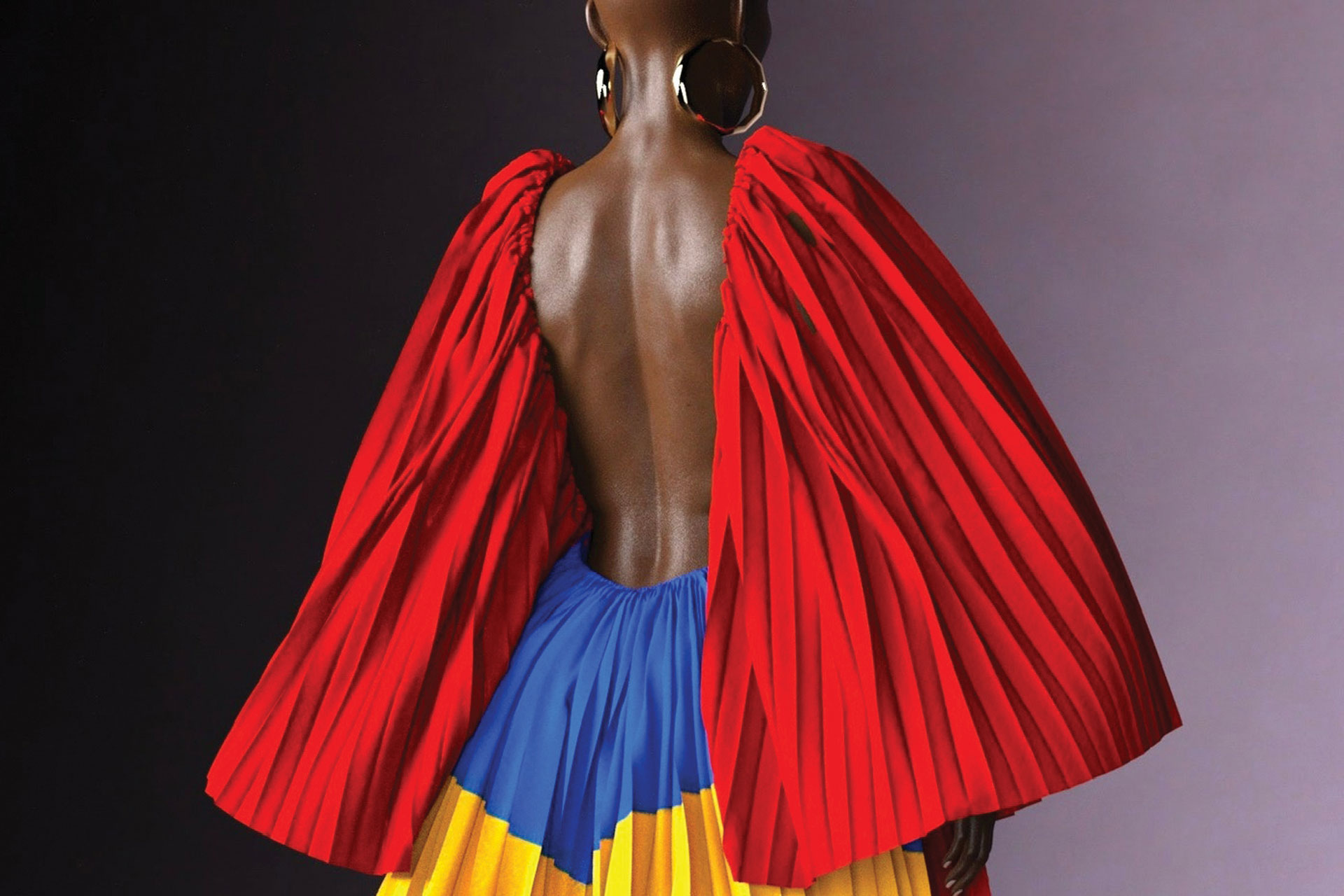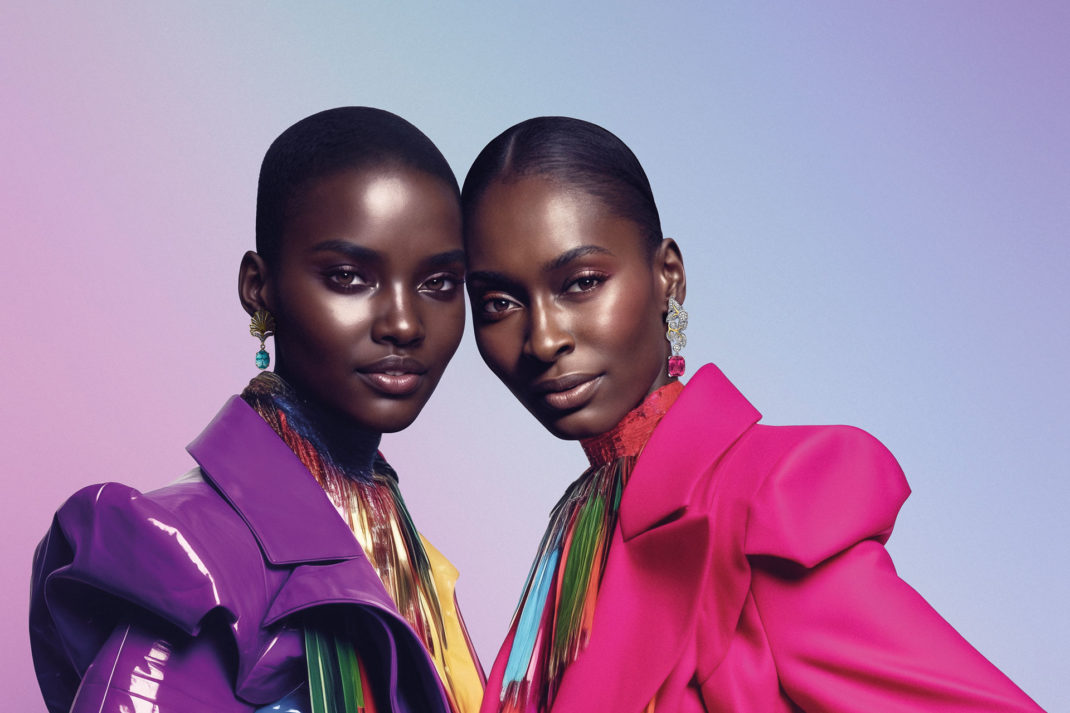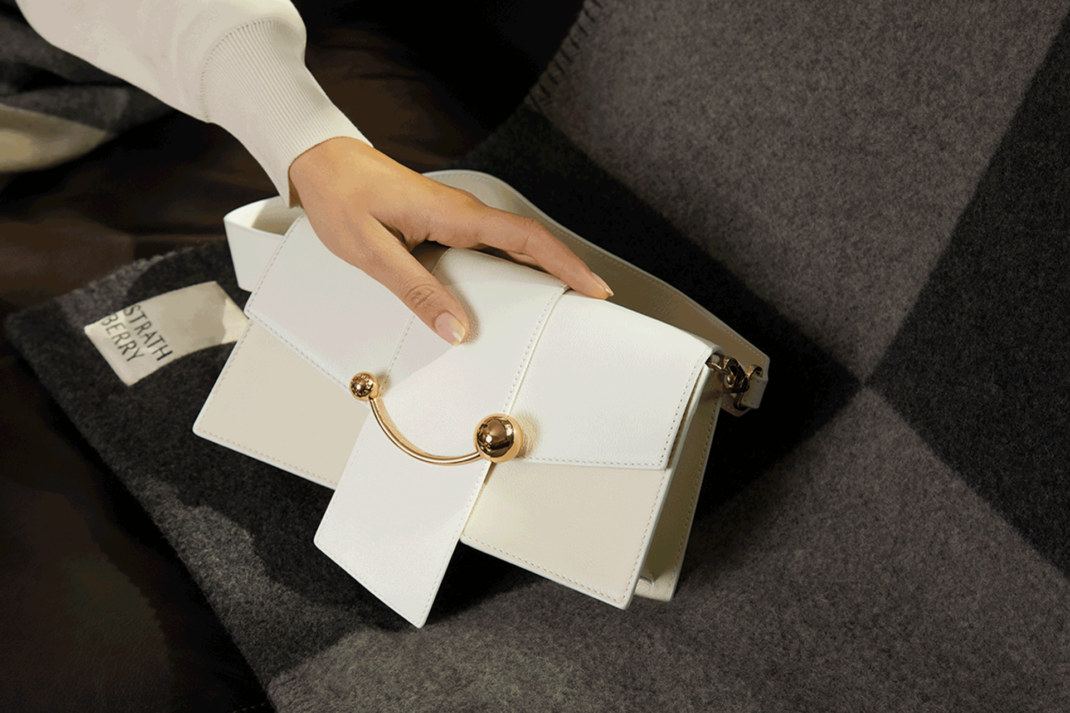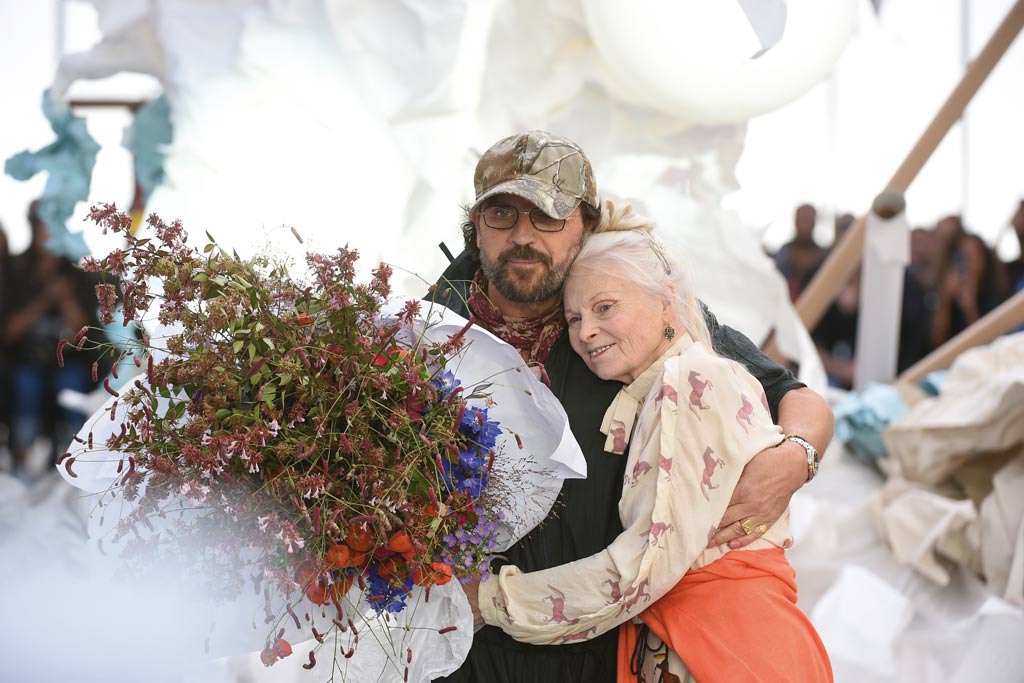No Social Dilemma – Using Technology for The Greater Good
By
4 years ago
Improving our social context

2020 proved one thing: that we cannot survive without technology. We’ve just got to ensure it’s used for the greater good, says Michael Hayman
The Netflix documentary The Social Dilemma is sinister stuff, capturing our concern about the motives of the big social media companies. Our fear is that these giants know what makes us tick and use that power to lure us into becoming digital addicts. In so doing they’re opening a Pandora’s Box of social problems that have been designed into the experience. For tech detractors this is the gotcha moment. The fallen angel is revealed to be manipulating us all for a fast buck.
But tech proponents see the film as pulp fiction rather than a revealing documentary. For them, technology has proven itself capable of a greater good, way beyond the remit of social media companies, and this year is proof positive that tech has found its finest hour, the modern marvel lifting the global gloom of the pandemic. Not only did it keep us connected as we were confined to our homes, it crucially demonstrated that by working with science, it could develop medicines and mitigations to vanquish our viral adversary. And if tech can crush Covid, think of the other social and environmental challenges it might be able to combat from here on in. While there is boundless optimism about the future from techies, your personal view on where tech is taking us depends if you believe in the sunny uplands of digitally enabled lives or the inexorable descent into enslavement by the machine. But it doesn’t have to be so black and white.
Luxury goods providers upped their game in the Covid 2020 crisis and showed it’s possible to find a way between the two – making the most of digital opportunities to keep in touch with clients, without losing the personal touch, or the profit. Like many British brands, jeweller Theo Fennell used digital resources for reaching out to new clients as well as existing ones during lockdown. ‘New technology allowed us to talk to our customers, show them our designs and then keep in regular contact and show them the progress of the piece live from the workshop. We have also added more interactive shopping elements,’ he says, ‘such as the facility for mix-and-matching when buying our coloured crystal bottles and silver stoppers online.’
For some, the silver lining of lockdown was an opportunity to reset company goals, redirecting resources normally spent on travel and trade shows into developing designs and improving customers’ digital experience. Many British brands would echo what Jean Christophe Babin of Bulgari told us recently: that the pandemic delivered a complete change of ethos, using tech not only ‘to manage the company more efficiently’ but also ‘to have a better life balance’.

Hanifa’s A/W’20 fashion show debuted on Instagram Live via 3D models
The goal of using tech for a better life balance – such as between our work, family, health and our impact on the environment – would have been laughed at back in the Eighties, when business manuals simply urged readers to make a fortune, and fast. The phrase, ‘I don’t believe in the no-win scenario’, could easily have comef rom the mouth of Donald Trump, but was in fact spoken by William Shatner as Captain Kirk in Star Trek II: The Wrath of Khan. In those heady days of the 1980s heroes won and villains lost, and this was the sort of no-nonsense optimism we flocked to the new multiplex cinemas to watch. Winning was the cosmic order of things and the proof was in the takings. The message resonated then because we needed to escape the grim realities of the recently departed 1970s and the new challenges of the decade: the punishing spectre of recession, the AIDS epidemic, nuclear proliferation and the Cold War, to name but a few. Our search for optimism soon found a shiny new home, no longer on the silver screen, but in reality, in Silicon Valley, where Bill Gates and Steve Jobs were turning science fiction into fact.
Gates’ mission in 1989 was ‘a microcomputer on every desk’, while in 1994 a then-unknown Jeff Bezos purchased the domain name relentless.com, which would have been an apt moniker for the way he went on to conquer world retail and cloud computing through now-ubiquitous Amazon. These successes helped usher in a generation of billion-dollar entrepreneurs who believed tech made anything possible. As recently as 2014, Facebook’s Mark Zuckerberg was widely quoted for his rabble cry: ‘Move fast and break things’. But while the win-win approach delights the markets, the rest of us have become wary of growth at any cost.
Fruits, Shoots, Restaurants & Roots
The world of luxury retailing was late to the party and has often been criticised for resisting change. Family companies that proudly define themselves through centuries of hand-crafted tradition have sometimes been unwilling to rush into the tech fray, determinedly setting themselves apart from the Amazon-style profile of cheap goods being made available even more cheaply online. Prior to 2019, only ten per cent of all luxury goods were estimated to be online purchases.
But the pandemic accelerated change, spurred by a 2019 Bain & Company report claiming that a younger market for luxury goods was encouraging companies to up their game, and predicting that by 2025 around half of all luxury purchases will be digitally enabled. That figure may turn out to be conservative. During lockdown, unable to lavish their typically small and exclusive band of loyal clients with the usual outings and treats, many luxury brands expanded their technological reach.
Rolls-Royce, which sells around 5,000 cars annually, had already established its exclusive Whispers app for customers, and used that platform to maintain a close relationship with clients during lockdown. Open to all owners of the Goodwood-created Rolls-Royce cars since 2003, including staff from the chief exec down, it functions as a private, exclusive, virtual club for members around the globe. They can speak to individual craftspeople about their car specifications, take a virtual walk around the new Ghost, share their car collections with other members or generate ideas for private philanthropic work.
Crucially, when Rolls-Royce decided to expand its remit from mere motorcar maker to purveyor of an entire house of luxury, tech was at the heart of its reinvention. The car’s famous figurehead was digitally coded by Pentagram designers into the Spirit of Ecstasy Expression, the visual signifier of the brand’s new incarnation as a gateway to a luxurylifestyle, in which members can access the company’s ‘Muse’ moving image art programme or tap their ‘Luxury Intelligence’ concierge group for help with a post-lockdown ascent of Everest, designing a private race track or locating a rare Hermès bag.
Newcomers to the luxury scene, especially in fashion, are raising the tech bar even higher, borrowing from sophisticated gaming technology to create complex digital worlds for sellingclothes. Last May, ready-to-wear label Hanifa hit the headlines by staging a digital catwalk show via Instagram Live, featuring 3D virtual models. Since then, Bigthinx Bangalore founders Chandralika Hazarika and Shivang Desai, backed by the Prada Group, have shown how AI and computer vision can be used to create not just immersive fashion shows but also visually exciting virtual store visits. Its bespoke software program Lyflike can create human avatars for personalised fitting, using customers’ personal data to digitise their body’s anatomy, shape, clothing size, fit and drape.
Meantime, for those of us hoping mobile commerce will be a route back to real meetings with real people in 2021, the news is that at-home services, from hairdressing to health and wellbeing, are a boom industry set to generate $870 billion between 2018 and 2022, says Bain.

Toshi’s CEO Sojin Lee is bringing the personalised home delivery for luxury brands to new heights
Luxury concierge provider Toshi, helmed by Sojin Lee, has embraced the ‘bring-the-store-to-me’ ethos by creating an online, omnichannel algorithm enabling personalised home delivery for brands like Chanel, Roland Mouret, Christian Louboutin and Galvan. Currently operating within key areas of London and Manhattan, her trained retail assistants use public transport to deliver goods and offer at-home consultations, including hemming and alterations, thereby eliminating the cycle of delivery vans, brown boxes and returns.
‘It’s about using tech for responsible service,’ explains Lee. ‘We’re not asking brands to make more stock but helping them optimise it responsibly, for conscientious consumption and sustainability. We’re like Deliveroo, part of an existing ecosystem, but Toshi’s tech brain does the calculation.’ She’s optimistic about the future. ‘Tech is about empowering human capabilities by providing logistics,’ she explains. ‘That fine sensibility of customer service, which is the essence of luxury, can only be delivered by humans. It’s our USP.’The use of technology to reinvent traditional values of personal service, fine craftsmanship and long-lasting goods shows us all a way forward. The end of the pandemic is likely to lead not only to a huge sense of relief but also to a new sense of what it means to live, love and express ourselves – therefore it’s a chance to take more responsibility as conscious consumers.
In 1947, Christian Dior captured the spirit of the post-war age with the New Look. It was the ultimate Parisian symbol of defiance. The human spirit endures, and couture showed a way forward from the deprivations and cruelty of war. The New Look captured a euphoric return to freedom and the essential human need to express ourselves creatively. The undoubted pain and suffering caused by the current pandemic may well usher in a similarly exuberant resolve to live differently, express ourselves effusively and reset the world.
With the advantages of technology, luxury brands can help lead the way in showing us how to use technological advances not just to sell, but also to improve our social context, including taking responsibility for a fair deal for workers supplying luxury goods. We need to be aware of the consequences of what we buy, eat and wear –and how, not just where, we shop. Technology can supercharge this purpose and transparently deliver the promise of change. This is the ‘win scenario’ of our digital age. It is based on this: that as individuals we can use technology to become more aware, ethically, of the decisions we’re making as consumers. And there is no social dilemma in that.
Michael presents the GBB x Change Makers podcast. He co-created the campaigns firm Seven Hills and co-authored Mission (Penguin).
Photography: Rex Features
DISCOVER MORE:
The New Escape & Wellbeing:Inside Our Jan/Feb Issue / Hot Openings: New UK Hotels



